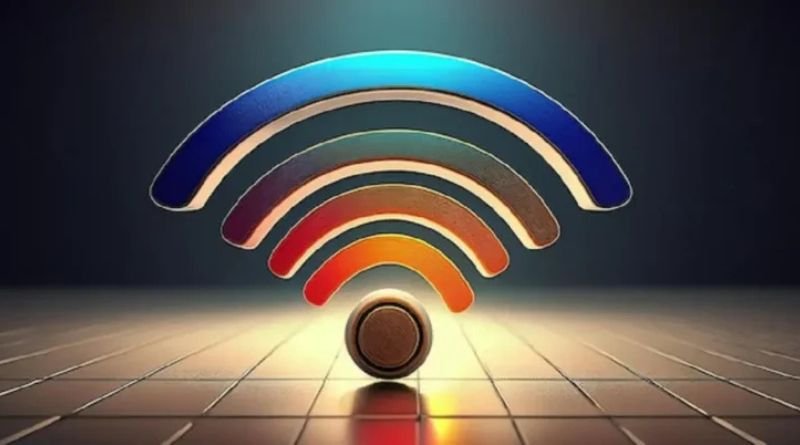How to Show the Battery Percentage on Your iPhone

If you’re the type of person who can’t stand not knowing whether or not your phone has enough juice to last the day, then these instructions on how to show the battery percentage on your iPhone will help you out tremendously. There are two ways to show this information on your phone. The first way requires going into your Settings app, while the second requires opening up the Control Center and tapping on the battery icon there, which will bring up a larger version of that icon where you can see your current battery percentage easily.
iOS 10
The latest version of iOS, iOS 10, has a new feature that allows you to see your battery percentage right on your home screen. Here’s how to enable it:
- Go to Settings > Battery.
- Turn on the Battery Percentage toggle.
- You’ll now see a battery percentage indicator next to the battery icon in the status bar at the top of your screen.
- If you want, you can also enable Low Power Mode from this same Settings > Battery menu. This will help extend your battery life even further when you’re running low on juice. Plus, if your battery is critically low and you need to make an emergency call or text someone for help, the phone should let you know.
When we saw this setting for the first time, we were pretty excited about all of its possibilities! For instance, being able to check our phone and get notified as soon as our battery reaches 20% is great for knowing when it’s time to charge. And knowing whether or not we have enough juice left before taking a long car ride helps us plan ahead.
Go to Settings > Battery
Here’s how to show the battery percentage on your iPhone. Go to Settings > Battery. Under Battery Percentage, toggle the switch to On. Now you’ll be able to see what percentage of battery you have left at a glance. If you want, you can also enable Low Power Mode from this menu. This will help extend your battery life when you’re running low. You can also press and hold the power button until it turns off to conserve battery life.
Some apps use more power than others and should be closed before you fully run out of juice. Facebook, for example, is notorious for draining the battery so close that app when it starts to die out! That way you won’t end up with a dead phone in the middle of an important conversation or message. You can always turn it back on by pressing and holding the power button for about five seconds – or ten if your phone doesn’t automatically turn back on after ten seconds like most phones do these days.
That’s all there is to it!
Turn On Low Power Mode
One way to help improve your battery life is to use Low Power Mode. This mode reduces your screen brightness, disables some visual effects, and uses other power-saving features. To turn it on, go to Settings > Battery > Low Power Mode. You can also enable this feature by going to Settings > Battery and tapping the switch next to Low Power Mode. If you’re in an area with low cell service or no cell service at all, you may want to enable Airplane Mode so that you don’t accidentally spend more time looking for a signal than using your phone.
Just tap the Airplane Mode button in Control Center (swipe up from the bottom of your screen) and follow the prompts. When you’re ready to go back online, just tap the same button again. Don’t Forget to Turn Off Location Services: Apps like Google Maps often require location services so they can show where you are. But if you’re not actively using these apps, turning off location services will save battery life and protect your privacy.
Check the Percentage
You can check your battery percentage at any time by swiping down from the top-right corner of your screen to open Control Center. From there, you’ll see the battery percentage next to the battery icon. If you want more detailed information about your battery usage, you can go to Settings -> Battery. Here, you’ll see a list of apps and their impact on your battery life. By tapping an app, you can get an even closer look into how much it’s using up.
For example, in Apple Maps’ case below, it uses 1% of your battery per hour when running in the background. If you’re trying to save power, close out of all the apps that are eating away at your battery so that they don’t run in the background. Additionally, if you’re not using your phone for anything right now, turn off Airplane Mode to allow features like Bluetooth and Wi-Fi to stay on.
Reduce Screen Brightness
Reducing your screen brightness can help conserve battery power. To turn down the brightness on your iPhone, go to Settings > Display & Brightness. Then, use the slider to adjust your screen brightness. You can also enable Auto-Brightness, which will automatically adjust your screen brightness based on the lighting conditions around you.
If you want to see your battery percentage, go to Settings > Battery and enable the Battery Percentage toggle. Once enabled, you’ll be able to see how much of your battery is left at the top of your screen. For more tips on how to extend your battery life, check out this blog post by Apple Support.
Another simple way to save battery power is to turn off visual effects like motion and parallax when scrolling. To do so, go to Settings > General > Accessibility > Reduce Motion, then switch it from Off to On.
Even better? Enable Low Power Mode in iOS 11 if you need an instant battery boost! When activated from Control Center (or by going to Settings > Battery), Low Power Mode reduces performance as well as most visual effects that can make a big impact on improving your overall device usage time. While in Low Power Mode, iPhone displays a reduced color gamut and some icons like Location Services are hidden until tapped.







